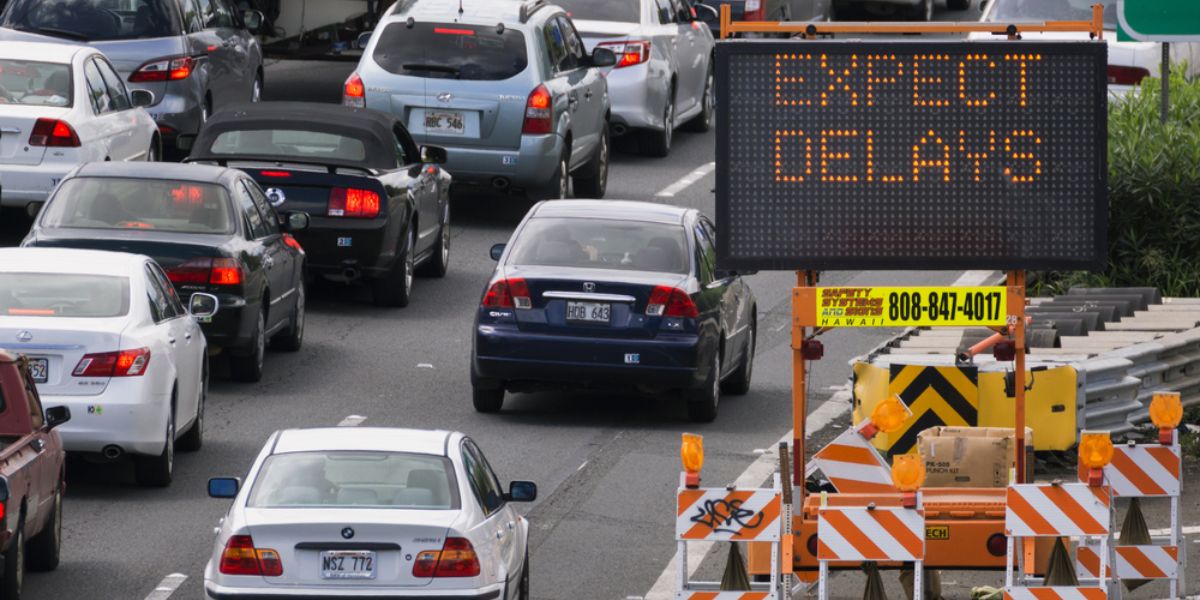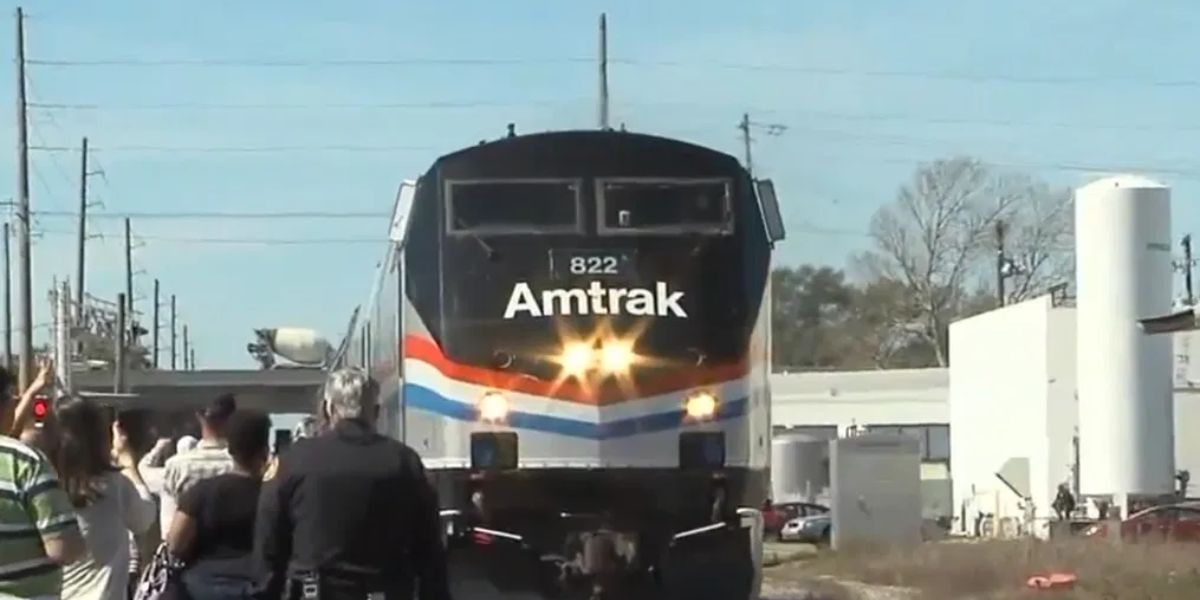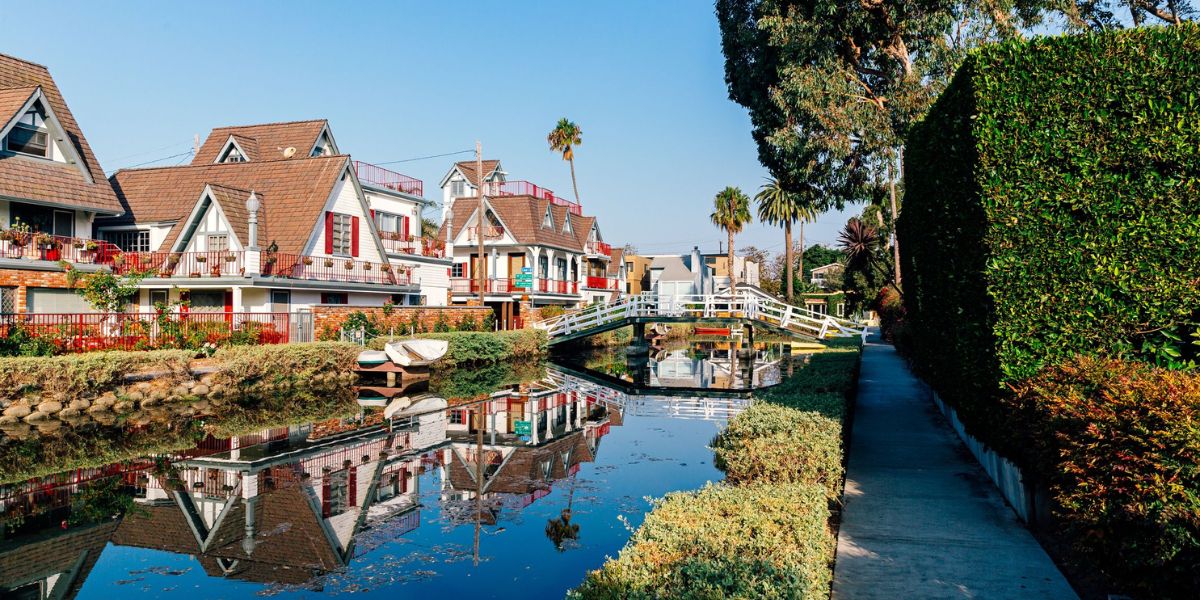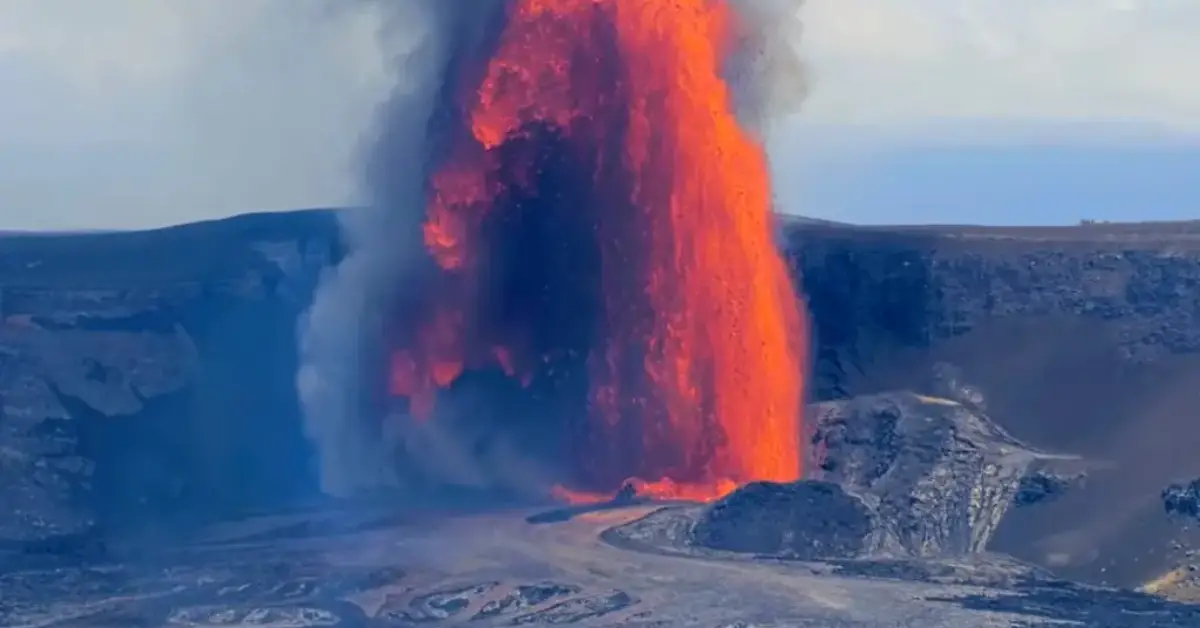Many Americans jumped at the chance to get behind the wheel after the COVID-19 outbreak added the term “social distancing” to the dictionary. The Metropolitan Transit Authority, the largest public transit network in North America, was severely understaffed as a result of many New Yorkers opting to drive instead.
The New York distance rules may be in the past, but they certainly haven’t reduced traffic. New York City, Buffalo, Rochester, Albany, Syracuse, and Poughkeepsie are among the major metropolitan areas in the state where driving has increased significantly compared to five years ago, as shown in a recent analysis by the mobility data business StreetLight. Because of the increase in traffic, those drivers are going at a slower pace than before.
Since 2019, “vehicle miles traveled” (a measure of overall driving) has increased in all six metropolitan areas. With a 24% rise, Buffalo’s traffic ranks among the worst of the nation’s 100 biggest metro areas, and it’s the worst in the state. Among the cities in the middle, with increases of 10 to 15 percent, are New York City, Poughkeepsie, Syracuse, and Albany.
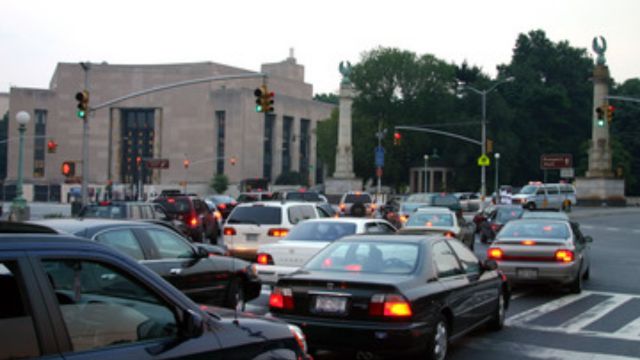
There has been an alarming spike in traffic in all of these regions. Among the cities examined, Buffalo had the second-highest rise in congestion, while Syracuse had the sixth-highest. Out of all the 25 largest metro areas in the nation, New York City’s downtown has had the most significant increases in both driving and congestion.
New York’s climate plan calls for a drastic drop in overall driving as a means to achieve legally mandated emissions goals, and these new numbers arrive at the same time. Just over 25% of New York’s climate pollution in 2021 will come from transportation, making it the second-biggest source of greenhouse gas emissions in the state. By shifting toward electric vehicles and making “historic investments” to lessen reliance on cars, the state hopes to reduce emissions by almost one-third this decade, according to its 2022 climate strategy.
US Navy’s Warship Production at Lowest Point in 25 Years: What’s Driving the Decline?
Congestion pricing in downtown Manhattan, the state’s most significant program aimed at accomplishing that goal, remains in uncertainty following Governor Kathy Hochul’s June “indefinite pause” of it.
The results did not surprise traffic engineer Sam Schwartz, who made the word “gridlock” famous during his time as New York City’s traffic commissioner in the 1980s.
A growing number of individuals are opting to drive instead of taking public transportation, according to Schwartz. “We are likely going to break the U.S. record for vehicle miles traveled.” (He had nothing to do with the studies conducted by StreetLight.)
According to Schwartz, several factors have contributed to this, including the increase in e-commerce, the dependence on rideshare applications, the fall in public transportation and carpooling, and the pandemic itself. He said that the impact is particularly noticeable in the Big Apple, saying, “We’re moving slower than we’ve probably moved since the introduction of the horse as a form of transportation.”
When questioned about the report’s conclusions, the governor’s office cited Hochul’s history of allocating funds to transportation, such as the $7.9 billion set aside for state-wide transit networks in the current budget.
Spokesperson John Lindsay said via email that Governor Hochul is “working with partners in government on funding mechanisms while congestion pricing is paused,” adding that after rescuing the MTA from the “fiscal cliff” in last year’s budget and supervising the largest investment in MTA history, the governor is still dedicated to funding the MTA Capital Plan.
The climate plan calls for a general decrease in driving, but Hochul has been silent on the matter.
New York is still one of the states with a lower reliance on cars than the national average, even if this has been the case for the past five years. Compared to other major cities, New Yorkers drive the shortest distance (17 miles) per day. Buffalo is in second place, while Rochester is tenth as well. (On the opposite end of the spectrum, Nashville has a figure that is twice as high.)
Even if just a fraction of New York City residents drive regularly, traffic jams will be inevitable due to the city’s high population density. Additionally, it just takes a small number of additional drivers to virtually halt traffic.
The roads in New York are at capacity. Emily Adler, director of content at StreetLight, stated that an increase in car miles traveled is significantly impacting congestion.
In the early years of the pandemic, the firm discovered from earlier research that pedestrian excursions decreased dramatically in New York and throughout the nation. In contrast, there was a meteoric rise in the frequency of bike excursions. However, cycling accounts for a negligible portion of commutes nationwide, even in New York City, and this is far from enough to offset the growing popularity of driving.
New York City has been recognized as one of the most climate-friendly cities in the country, but the patterns highlighted in StreetLight’s most recent study indicate a concerning shift away from these norms, according to Kate Slevin, executive vice president of the Regional Plan Association.
She went on to say that the New York City economy had been riding high on the subway system for quite some time. “If we are beginning to observe such patterns, it indicates that we have abandoned the model of sustainable growth and returned to one that is excessively dependent on automobiles.”
More fatal accidents have occurred alongside the rise in driving. According to an official database, the number of traffic fatalities in the state reversed a five-year drop and increased from 938 in 2019 to 1,100 last year.
A measure that is now being considered by the state senate would mandate that New York cut car kilometers traveled by 25% by the year 2050. According to RMI, a clean energy research firm, this proposal has the potential to reduce annual emissions by about 9 million tons. Additionally, the group discovered that it could promote active transportation options like walking and biking, which might save even more lives, and avert about 600 fatalities every year from crashes. (The measure was unable to pass the committee stage of the current legislative session.)
Some important concerns remain unsolved by StreetLight’s analysis. For example, the report does not explain why some communities deviated so significantly from the national and New York trends.
The survey found that driving decreased in six out of ten California cities, as well as in Minneapolis, Milwaukee, and Memphis. There has been a 17% decline in driving in Los Angeles since 2019, and other cities in California are not far behind.
Many things, according to experts, could be causing those drops, such as a long-term trend toward remote employment or a general economic downturn. However, according to Adler, transportation policy is crucial.
“I think there’s no question that public transit use and public transit investment… may assist stabilize or bring down car miles traveled,” she said. As an example, she cited Los Angeles, which has invested billions to increase the capacity of its bus and commuter rail systems.
The increasingly congested streets of New York City will be showcased to the globe next week as world leaders gather for the United Nations General Assembly. The city scored last among its worldwide counterparts in congestion delays according to a report from the global traffic analytics firm INRIX, with 101 hours per vehicle per year lost to traffic. The expert on jam, Schwartz, claims that at last year’s General Assembly, average midtown traffic speeds dropped to 3.2 mph, which is about the speed of walking.
Hochul was recently promoting an audacious plan to alter that. She described the hardships endured by New Yorkers due to traffic in great detail at a press conference in June 2023.
She casually mentioned that she strolls through the downtown streets on a daily basis. “I understand the fear that people feel when they are at a crossroads….” They are unable to complete their deliveries since the delivery trucks are congested. Everyone in the cars behind them is beeping because they are unable to pass. All is disorder. Anarchy reigns.
She was adamant that congestion charging would alter that.
“Rest, quiet, and traffic jams,” she pleaded. “What about a reduction in carbon emissions, speeds, and accidents?” I am fine with losing that.

